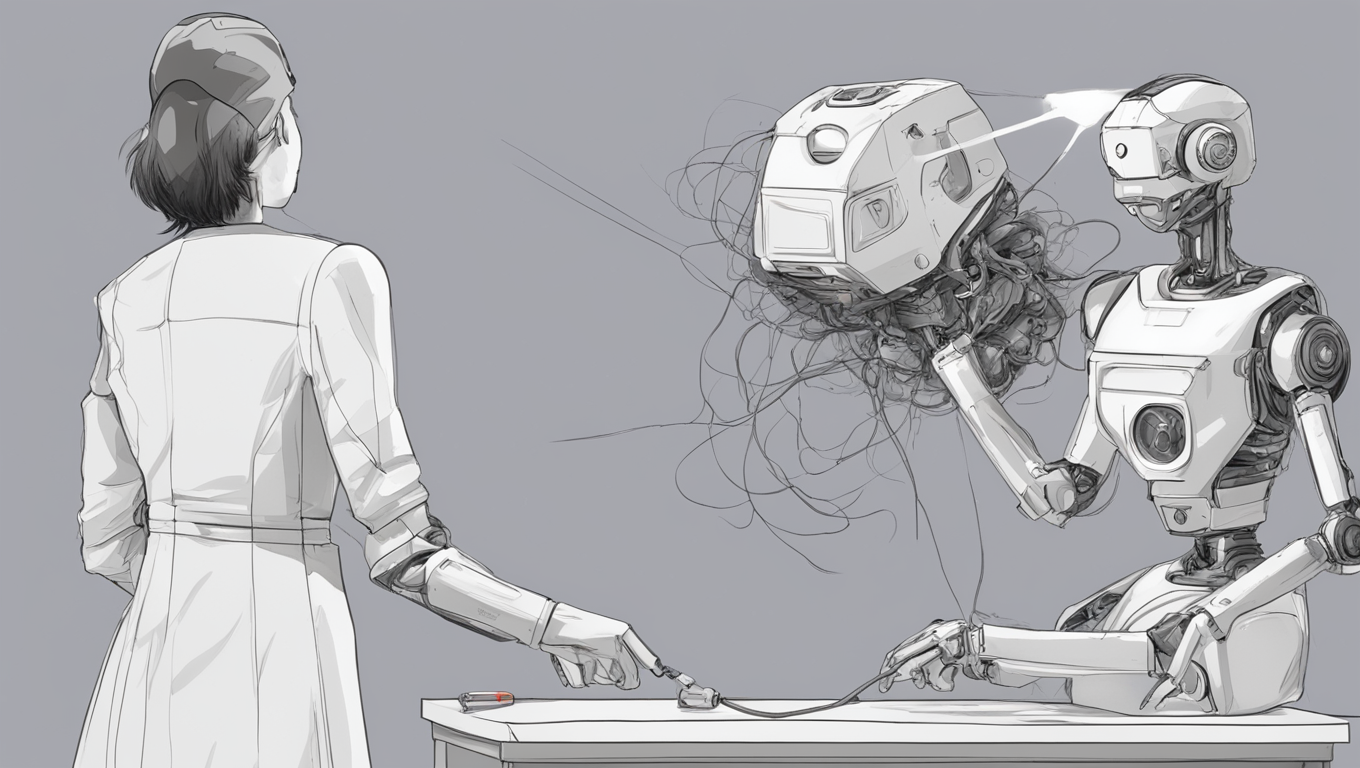Anthropic, the AI startup founded by ex-OpenAI research executives, has just unveiled its latest suite of artificial intelligence models called Claude 3. Promising to be their fastest and most powerful models yet, Anthropic’s new tools include Claude 3 Opus, Sonnet, and Haiku.
In benchmark tests, Claude 3 Opus outperformed OpenAI’s GPT-4 and Google’s Gemini Ultra, excelling in undergraduate-level knowledge, graduate-level reasoning, and basic mathematics. Anthropic’s latest models also mark the company’s first venture into multimodal support, allowing users to upload various types of unstructured data like photos, charts, and documents for analysis and answers.
While Claude 3 Opus is the most capable model, Sonnet and Haiku offer a more compact and affordable option. Sonnet and Opus are currently available in 159 countries, with Haiku set to be released soon.
Anthropic has gained significant momentum in the AI industry within a year. It has secured funding from major players like Google, Salesforce, and Amazon and is now a direct competitor to OpenAI’s ChatGPT in both the enterprise and consumer realms.
The generative AI field has experienced explosive growth, with $29.1 billion invested across nearly 700 deals in 2023 alone—a 260% increase from the previous year. Concerns regarding biases and ethics have been raised, but the technology continues to pervade various sectors such as education, healthcare, and advertising.
Anthropic’s Claude 3 development involved a large team of individuals working on the core AI model and its technical aspects. The latest iteration can summarize up to 150,000 words, double the capacity of the previous version. Users can input extensive data sets and request summaries in the form of memos, letters, or stories—a significant advantage over ChatGPT, which can handle only about 3,000 words.
Additionally, Claude 3 boasts a better understanding of risk in its responses, striking a balance between being informative and cautious. The earlier version tended to be overly conservative when confronted with sensitive topics, but Anthropic has addressed this issue in their latest offering.
Multimodality, the integration of photos and videos into generative AI, has become a popular use case. It allows humans to engage with AI in a way that mirrors their perception of the world. OpenAI COO Brad Lightcap highlights the need for AI models to process and interpret various modalities, stating that relying solely on text and code is limiting.
Despite the benefits, multimodality and complex AI models carry potential risks. Recently, Google took its AI image generator offline due to historical inaccuracies and questionable responses. Anthropic’s Claude 3, however, avoids generating images altogether and solely allows users to upload images and documents for analysis.
Anthropic acknowledges that no model is perfect and that occasional mistakes may occur. They emphasize their efforts to make the models as capable and safe as possible. Anthropic recognizes the importance of striking a balance between capability and safety, ensuring that the AI models can be trusted in various contexts.
With the introduction of Claude 3, Anthropic pushes the boundaries of AI capabilities and opens up new possibilities for multimodal analysis and understanding. As the AI landscape continues to evolve, it is imperative for companies like Anthropic to prioritize both advancement and responsible development to build trust and drive progress in the industry.





Use the share button below if you liked it.